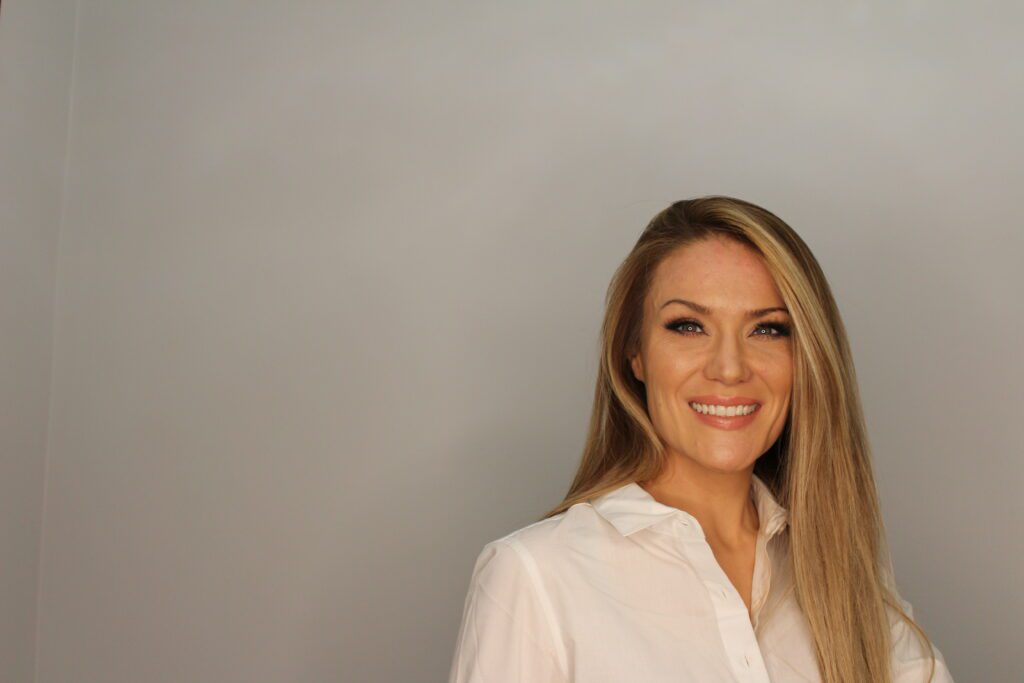Role of the skin barrier in atopic dermatitis
Atopic deramatitis and other types of eczema are very common, especially in young children, and the dry, itchy and damaged skin can be difficult to manage. Prof. Irvine, of Our Lady’s Children’s Hospital, Crumlin and Trinity College Dublin, shared his insights and experience about atopic dermatitis.
He explained how it hampers the skin’s function as a barrier to protect the body, starting by illustrating the “bricks and mortar” structure of the skin surface, where the cells or “bricks” have sometimes been the focus of attention more than the “mortar” between the cells. He outlined some of his research which aimed to discover: how does the mortar mediate barrier function?
Prof. Irvine explained that filaggrin, a protein which makes up a large part of the mortar structure, serves as a “natural moisturising factor” to prevent the skin becoming too dry. He and his colleagues discovered ten years ago that for one in ten people in Europe, the filaggrin gene carries a mutation which stops the protein from functioning. People with filaggrin mutations are more likely to have eczema, and also more likely to have severe or persistent eczema or to have asthma along with eczema.
Key factors influencing eczema risk – not only what, but when?
But as well as filaggrin mutations contributing to eczema, patients who have a defect in their skin barrier for other reasons can have reduced filaggrin in their skin, underlining the importance of this protein. Prof. Irvine described how skin barrier defects make it easier for agents such as micro-organisms to enter through the skin, and cause inflammation, which in turn drives down filaggrin production.
Recently, an exciting research study by Prof. Irvine’s group explored how a predisposition to eczema may be set in motion from as early as the time of birth. He pointed out that a baby’s skin goes through a very dramatic transition at birth – in a journey from a sterile, wet environment in the womb to a very different environment, dry and non-sterile.
A study in newborn babies in Cork University Maternity Hospital tested how much water leaked through their skin, a method called transepidermal water loss or TEWL, and compared the results with records of the same children being diagnosed with eczema. The results were striking: the babies with highest TEWL scores were seven times more likely to be diagnosed with eczema before they were one year old. Also, children diagnosed with eczema before they were two years old all had higher TEWL scores soon after birth, than children without eczema at the same age.
Clearly, Prof. Irvine explained, something happens very soon after birth as babies adapt to their new environment that strongly influences the chance of having eczema later. At this stage, it is not understood how this effect happens and how factors in the environment that can trigger eczema flares, like temperature, humidity and particles in the air, could affect the skin barrier at a very early age.
Though he cautioned that it is too early yet to use this discovery to drive changes in public health care, his research opened fascinating prospects for the future. Particularly when there is a family history of eczema, it may be possible to take steps in the very early days after birth that could be instrumental in preventing eczema.
While it often takes time to translate new discoveries into benefits for patients, the pioneering research that was described at this conference suggests the future prospects are bright for more new therapies for inflammation-linked skin diseases.
Talk given by Professor Alan Irvine at the Future in Dermatology Symposium in UCD on October 2nd and 3rd 2015.
Summary by Dr Ruth Foley, Research Scientist & Copyeditor













